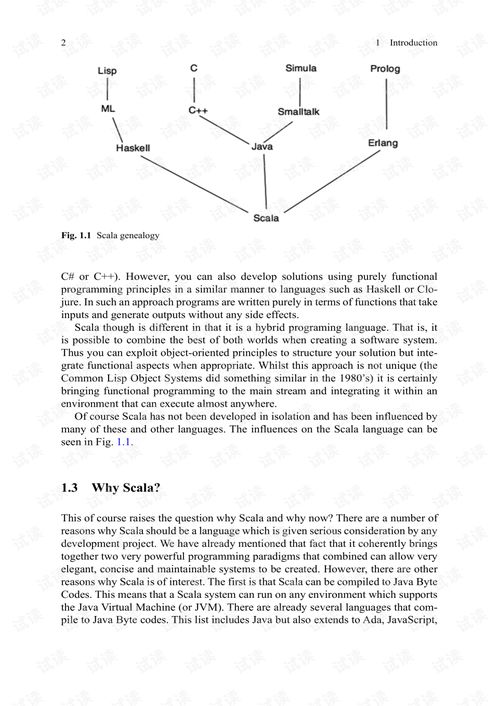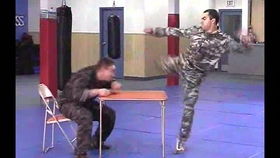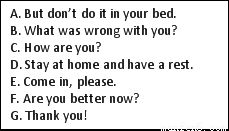Content:
Introduction: Fishing, an ancient activity, has been cherished by anglers across the globe for its tranquility and the thrill of the catch. Among the various techniques, fishing with floating bait is one that requires precision and skill. This article will delve into the art of catching floating bait, providing you with a step-by-step guide, along with illustrative diagrams, to help you master this technique.
Understanding Floating Bait: Floating bait refers to the type of bait that floats on the water's surface, attracting fish with its movement and appearance. This technique is particularly effective for catching species like bass, perch, and sunfish. To start, it's essential to choose the right floating bait for your target fish species.
Selecting the Right Equipment: To effectively catch floating bait, you'll need the following equipment:
- A rod and reel suitable for your target fish species.
- A line that is strong enough to handle the weight of your bait and the fighting strength of the fish.
- A floating bait that matches the size and color of the prey you're targeting.
- A hook that is appropriate for the bait size and the fish you're trying to catch.
Attaching the Bait: To attach the floating bait to your hook, follow these steps:

- Thread the hook through the center of the bait, ensuring that it is securely attached.
- If necessary, add a split shot to the line to keep the bait on the surface.
- Adjust the position of the split shot according to the depth of the water and the current.
Casting the Bait: Casting the bait correctly is crucial for success. Here's how to do it:
- Hold the rod with a comfortable grip, keeping the line taut.
- Swing the rod back, bringing the bait behind you, and then forward with a smooth, controlled motion.
- Release the bait at the peak of your forward swing, allowing it to float towards your target area.
Reading the Bait: Once the bait is in the water, it's essential to pay attention to its movement. Here's how to read the bait:
- Observe the bait's movement on the surface. If it's moving erratically, it may indicate a fish is interested.
- Look for any sudden changes in the bait's position, such as a sudden dart or dive, which could indicate a strike.
- If the bait stops moving altogether, it may have been taken by a fish. Gently tug on the line to set the hook.
Setting the Hook: When you feel a tug on the line, it's time to set the hook:
- Hold the rod firmly with both hands.
- Use a quick, upward motion to set the hook. This will ensure a solid hookset and minimize the risk of losing the fish.
Fighting the Fish: Once you've set the hook, it's time to fight the fish:
- Keep a steady pressure on the line, but avoid reeling too quickly, as this may exhaust the fish.
- Use a variety of techniques, such as playing the fish with your rod, using a drag, or adjusting the tension on the line, to bring the fish to the boat or shore.
Reeling in the Fish: When the fish is close to the boat or shore, it's time to reel it in:
- Reel in the line steadily, keeping tension on the fish to prevent it from escaping.
- Once the fish is near the boat, use a net to safely land it.
Conclusion: Catching floating bait requires patience, practice, and a keen eye for detail. By following this comprehensive guide, complete with illustrative diagrams, you'll be well on your way to mastering the art of catching floating bait. Happy fishing!












